Roof Storm Damage Repair Services
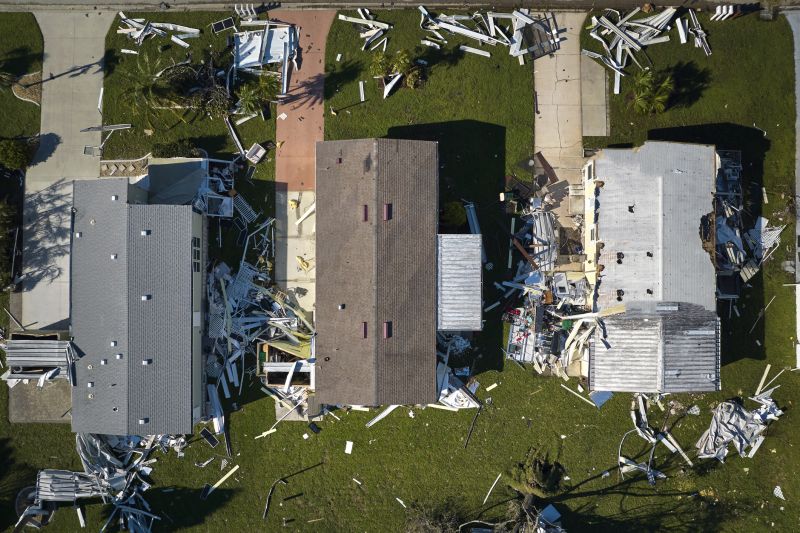
Timely inspections after storms help identify damage early, preventing further deterioration.
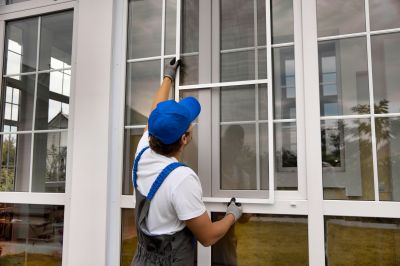
Performing repairs during calmer weather minimizes delays and weather-related complications.
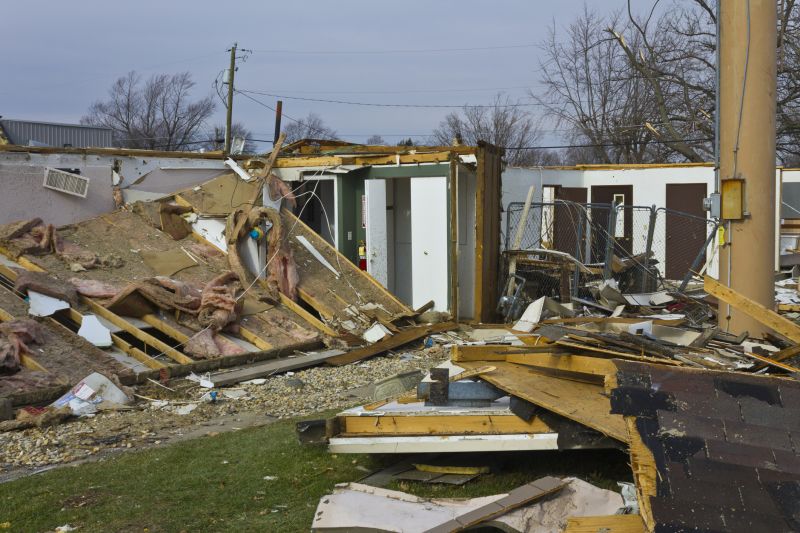
Immediate assessment after a storm ensures urgent repairs are addressed promptly.
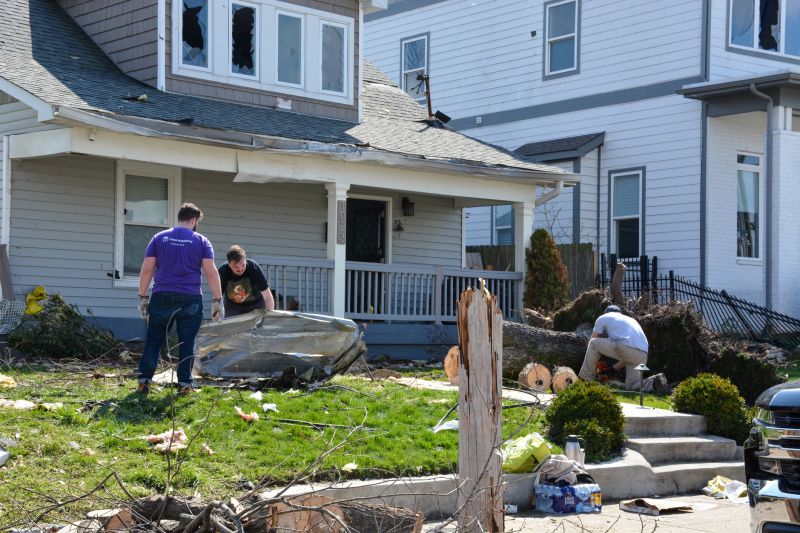
Ways to make Roof Storm Damage Repairs work in tight or awkward layouts.
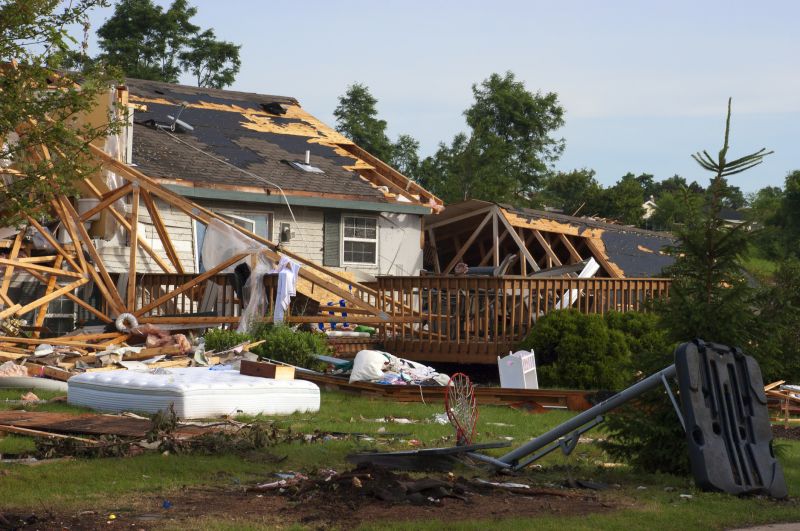
Popular materials for Roof Storm Damage Repairs and why they hold up over time.
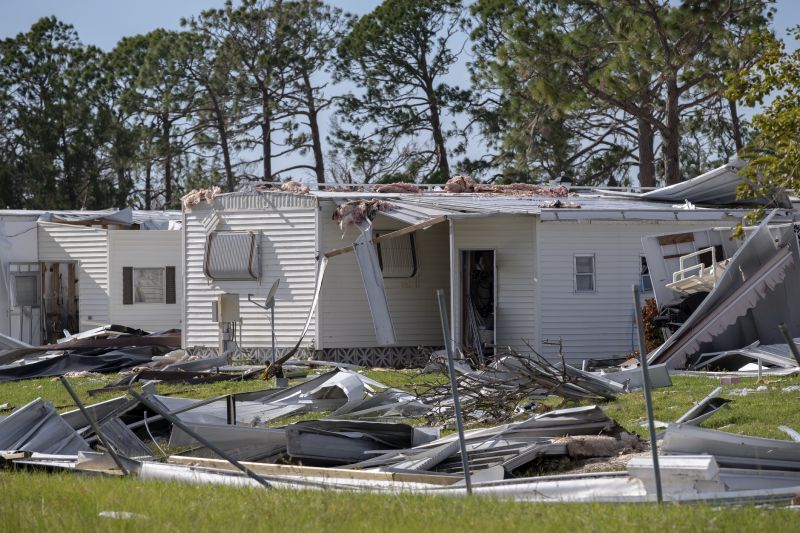
Simple add-ons that improve Roof Storm Damage Repairs without blowing the budget.
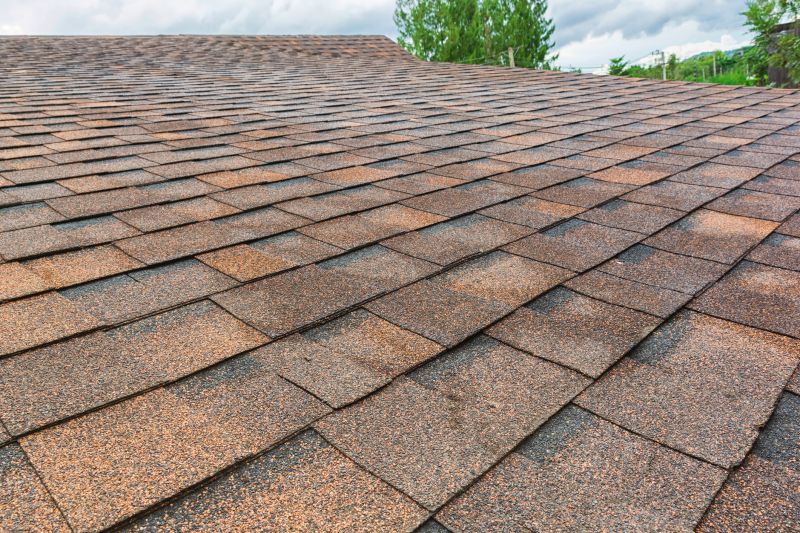
High-end options that actually feel worth it for Roof Storm Damage Repairs.
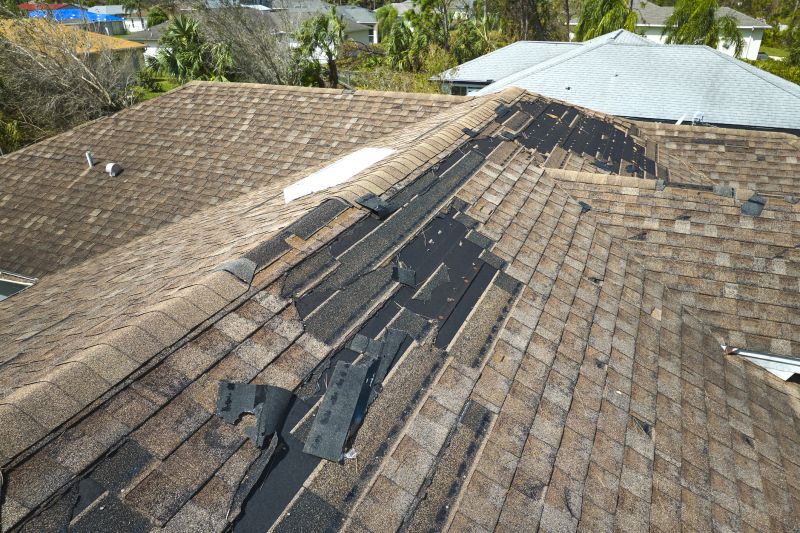
Finishes and colors that play nicely with Roof Storm Damage Repairs.
Roof storm damage repairs are essential for maintaining the integrity and safety of a structure. Storms can cause a range of issues, including missing shingles, leaks, and structural damage. Addressing storm-related damage promptly can prevent more extensive and costly repairs later. According to industry statistics, about 25% of roof damage occurs during storm events, highlighting the importance of timely intervention. Proper repairs restore the roof’s protective barrier, preventing water intrusion and further deterioration.
The best time for storm damage repairs is immediately after the storm has passed, ideally during dry weather.
Avoid scheduling repairs during winter or rainy seasons to ensure safety and quality of work.
Prompt repairs can streamline insurance claims and documentation processes.
Regular inspections can identify minor issues before they escalate into major storm damage.
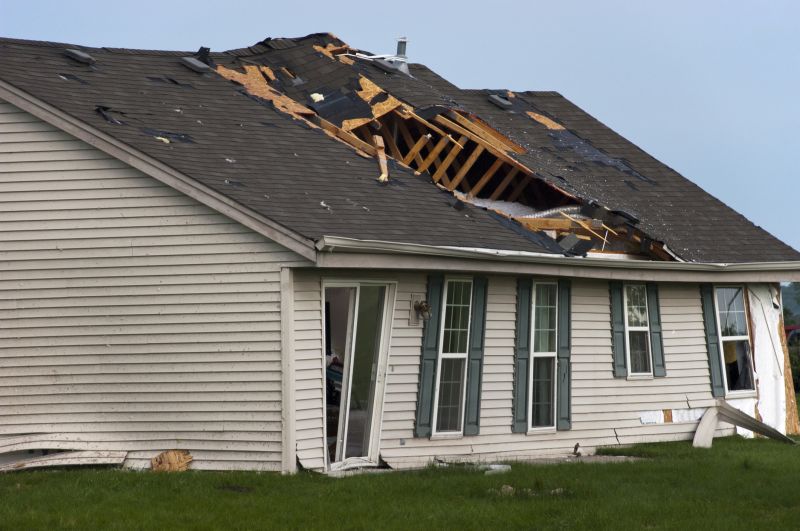
Storms can cause significant damage, including shingle loss and leaks.
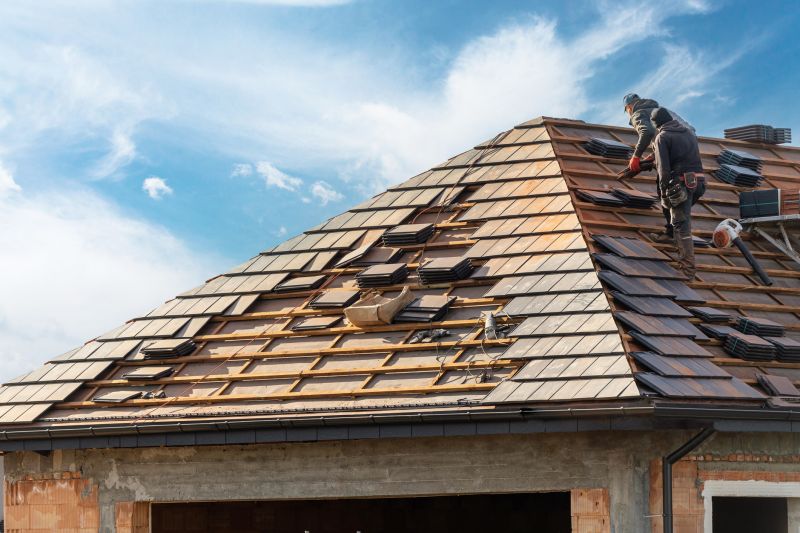
Specialized teams are available for urgent storm damage repairs.
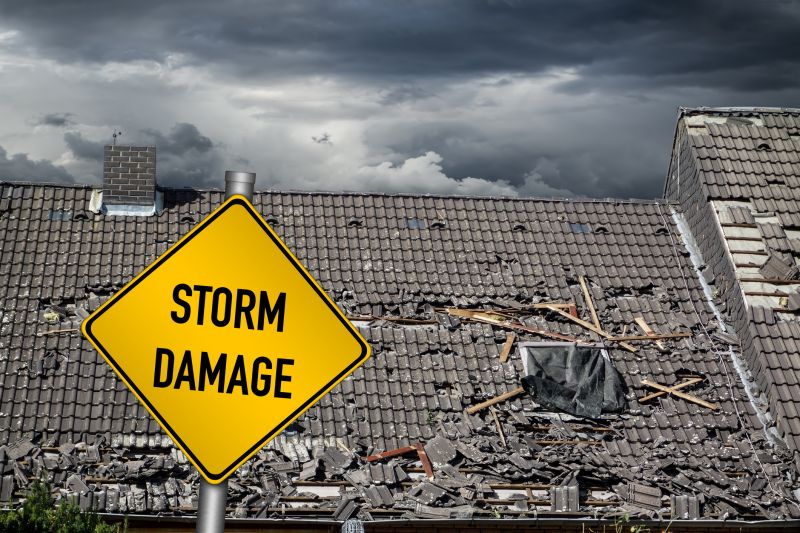
High winds and hail are common causes of roof damage during storms.

Professional inspections identify hidden damages after storms.
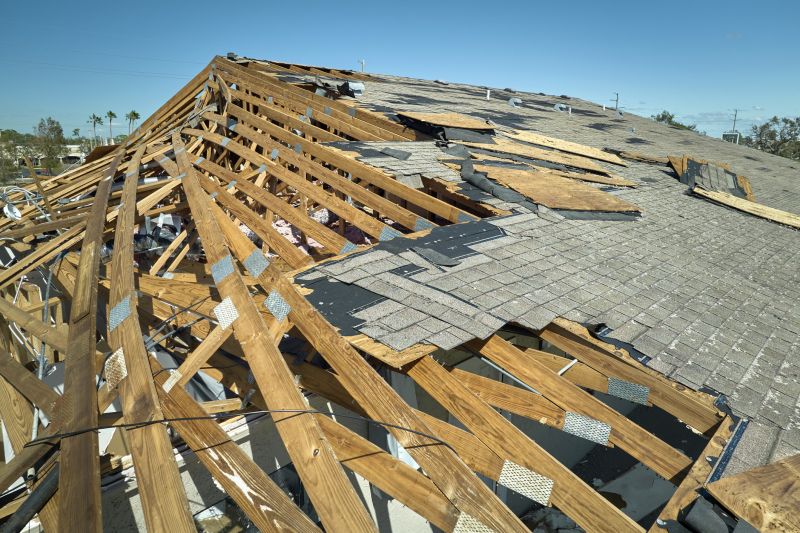
Using durable materials can improve storm resistance.

Temporary coverings protect roofs until permanent repairs are made.
| Season | Ideal Repair Time |
|---|---|
| Spring | Immediately after storms or during dry periods |
| Summer | Post-storm or during dry, warm weather |
| Fall | Soon after storm events, before winter |
| Winter | Only if weather permits, with caution |
| Off-Season | During periods of low storm activity |
